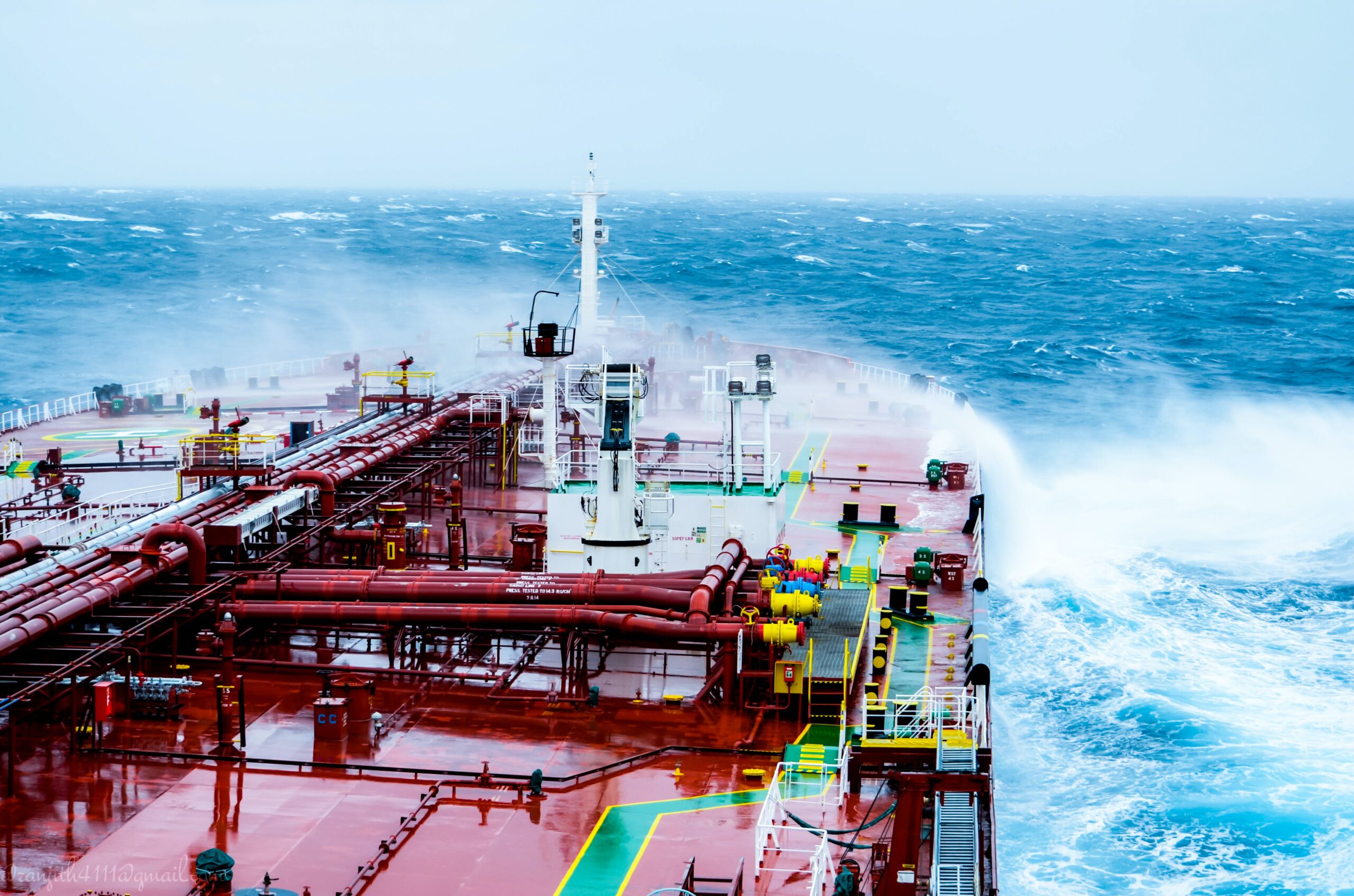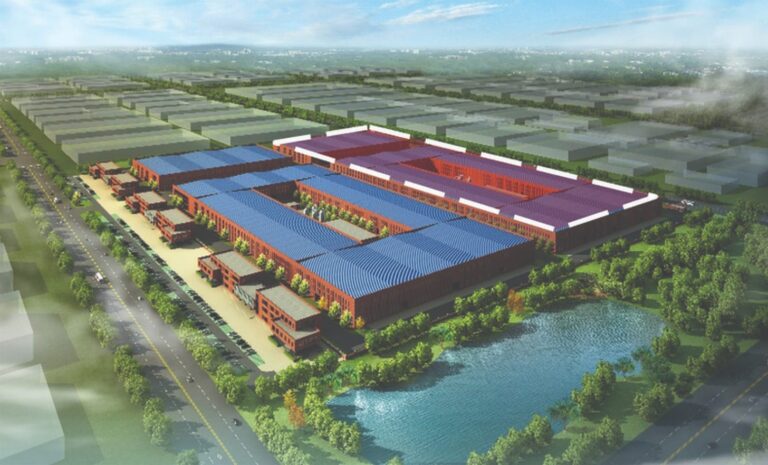Container Costs Almost Double On Suez Danger, Inflation On Its Way

Data from the Shanghai Shipping Exchange’s Containerized Freight Index shows a doubling since mid-December. The index has gone from 869 last December to 1,464 recently. At one point, the intraday level increase was over 80% for the period. If there is any early warning sign that inflation globally may surge back quickly, it is this.
Terrible news about climate change
A $12 trillion climate price tag
The effects on the economy are not only the rising container costs because of danger near the Suez Canal. Companies that have decided to take their vessels the route below the Cape of Good Hope need ten days to two weeks longer to reach their ports. They are also required to use about $300,000 more fuel per ship.
Like COVID-19
The World Bank recently observed that if the situation worsens, the supply chain problem could be similar to the one in 2021, caused mainly by the COVID-19 pandemic. If many ships that would typically transit the canal need to divert by 3,500 miles, shipping capacity will tighten considerably. Based on their worst-case scenario, “The higher figure is comparable to the stalled capacity of 2021 at the peak of the COVID-related crisis, as measured by the World Bank’s Global Supply Chain Stress Index,” The World Bank reports.
Last year, the San Francisco Fed estimated that almost two-thirds of US inflation, which peaked in March 2022, was caused by supply chain problems. “ We estimate that these effects contributed about 60% of the above-trend run-up of headline inflation in 2021 and 2022.”, their researchers wrote in a report titled: “Global Supply Chain Pressures and U.S. Inflation.”
If the Suez shipping problem drives canal traffic down by 50% or a military conflict brings it closer to zero, inflation globally will spike.
Sponsor
Find a Vetted Financial Advisor
- Finding a fiduciary financial advisor doesn't have to be hard. SmartAsset's free tool matches you with up to 3 financial advisors that serve your area in 5 minutes.
- Each advisor has been vetted by SmartAsset and is held to a fiduciary standard to act in your best interests. Get on the path toward achieving your financial goals!
More from ClimateCrisis 247
- Cutting Home Electricity Bills In Half
- A Major Comeback For Offshore Wind
- Renewables Top Coal, But That Could Reverse
- Trump Cannot Crush Solar And Wind





